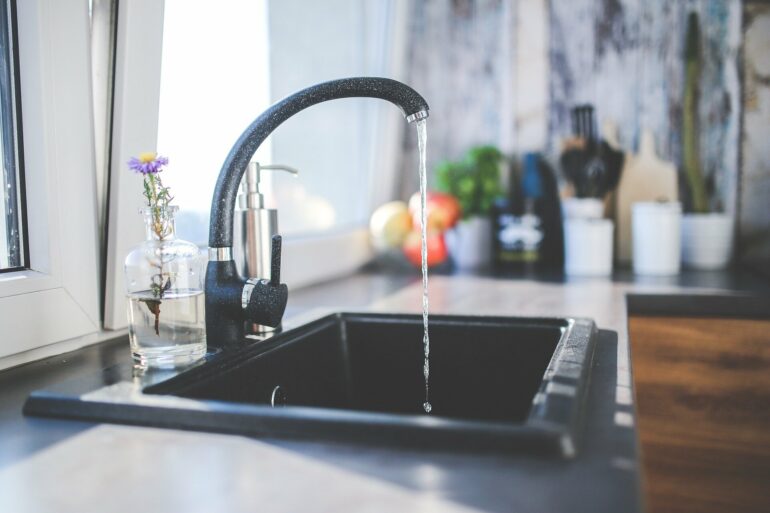In a first-of-its-kind study, physician-researchers at Beth Israel Deaconess Medical Center (BIDMC) report that even lead levels below the EPA’s threshold in household water may adversely affect individuals with chronic kidney disease.
In a nationwide, cross-sectional analysis of household water lead concentrations and blood characteristics in patients beginning dialysis therapy, the team’s findings—published in JAMA Internal Medicine—suggested that levels of lead commonly found in U.S. drinking water may be associated with lead poisoning among susceptible individuals.
“Low levels of lead are found commonly in drinking water in the United States, and to date, there is little information about their potential health impact,” said corresponding author John Danziger, MD, MPhil, a nephrologist at BIDMC and an assistant professor at Harvard Medical School.
“Our study provides a large-scale analysis of how measured levels of lead contamination commonly found in the U.S. water supply may adversely affect those with chronic kidney disease.”
Experts agree any exposure to lead—a known neurotoxin—in drinking water is unsafe, yet the lack of systematic surveillance means the scope and risk of lead contamination in U.S. household water is largely undocumented. The United States’ aging infrastructure and lead plumbing expose millions of Americans to lead through household water containing levels of lead at or below15 micrograms per liter (µ/l) of water—the allowable limit set by the U.S. Environmental Protection Agency (EPA) in 1991.
Because household water is routinely tested as part of clinical care for patients with kidney failure considering home hemodialysis, Danziger partnered with a large dialysis organization to synchronize individual household water lead levels and extensive health information for more than 6,400 patients beginning dialysis between 2017 and 2021.
The team looked at patient data during each of the three 30-day periods after dialysis initiation, and stratified patients into five levels of lead exposure; over the EPA’s allowable limit of 15 micrograms per liter (µ/l) of water; 7.5-15 µ/l; 5-7.5 µ/l; 2-5 µ/l; or less than 2 µ/l. Analysis revealed that 12% of study participants, or 742 people, had measurable levels of lead in their household water.
Danziger and colleagues examined patients’ use of erythropoiesis-stimulating agent (ESA)—a cornerstone therapy for anemia among patients with chronic kidney disease and other illnesses that boosts the body’s red blood cell production—over the first 90 days of dialysis treatment. Proportions of patients with maximum ESA dosing, monthly ESA dose and ESA resistance all were higher across ascending categories of household lead concentrations.
To examine whether household water lead exposure may have consequences in those with chronic kidney disease before dialysis initiation, the investigators used Medicare data describing patient characteristics in the 45 days before kidney failure onset. The team’s analysis revealed that higher levels of lead in household water were associated with lower levels of hemoglobin—the protein in red blood cells responsible for delivering oxygen to tissues—prior to kidney failure onset among the 2,648 patients with this data available.
“Our study demonstrates adverse health impact from levels of lead contamination that are well below the Environmental Protection Agency’s allowable threshold,” Danziger said. “At a time of ongoing debate about the safety of the United States’ water supply, these results warn that the scope and impact of lead contamination may be underappreciated.”
Co-authors included Kenneth J. Mukamal, MD, MPH of BIDMC; Joanna Willetts, MS, John Larkin, Ph.D., Sheetal Chaudhuri, Ph.D., Len A. Usvyat, Ph.D., and Robert Kossmann, MD of Fresnius Medical Care.
More information:
John Danziger et al, Household Water Lead and Hematologic Toxic Effects in Chronic Kidney Disease, JAMA Internal Medicine (2024). DOI: 10.1001/jamainternmed.2024.0904
Provided by
Beth Israel Deaconess Medical Center
Citation:
Study finds even low lead levels in US water are linked to lead poisoning among susceptible people (2024, May 30)



